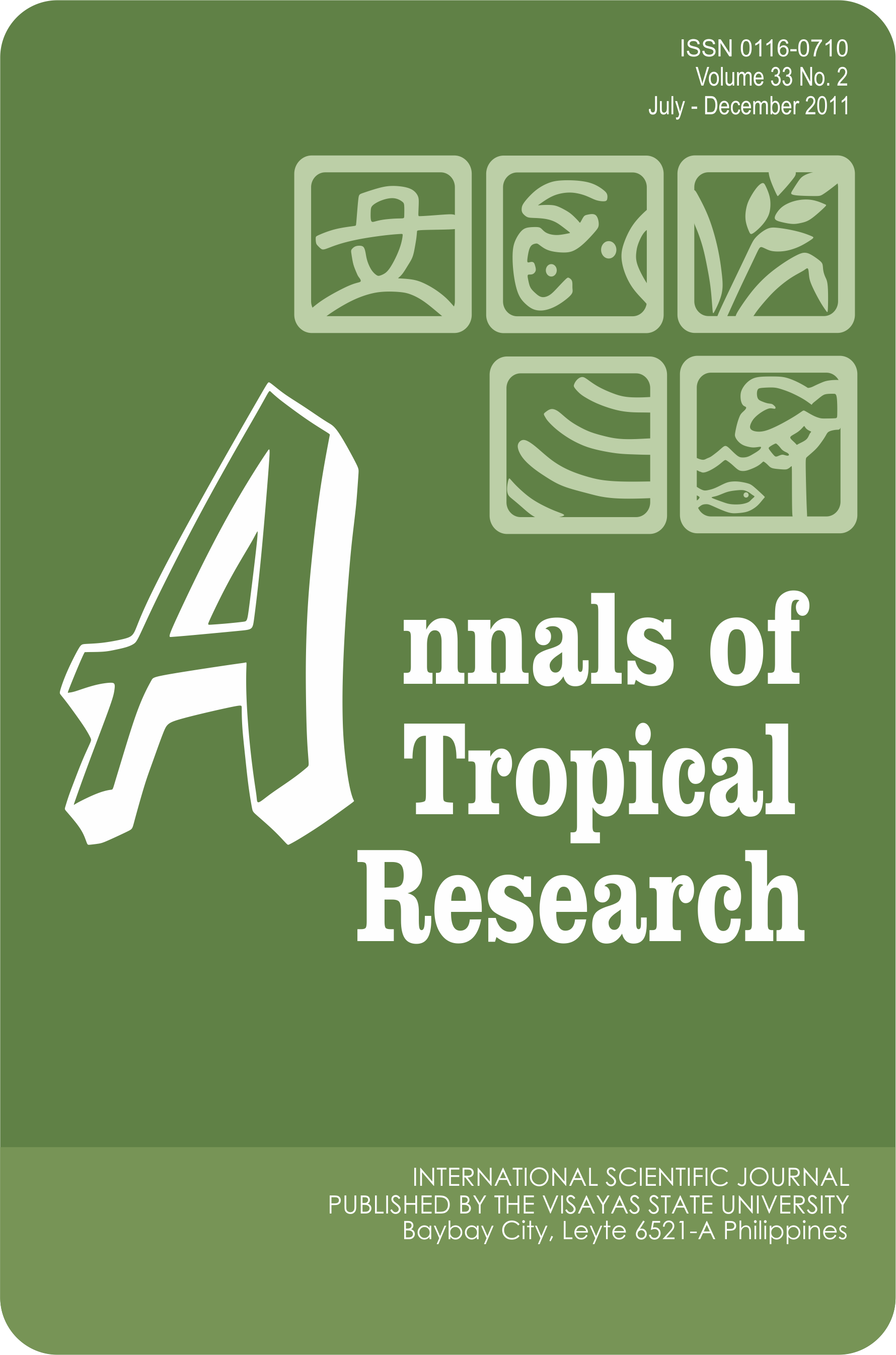Fish Corral Composition, Abundance, and Distribution in the Reef Flat of Palompon, Leyte, Philippines
DOI:
https://doi.org/10.32945/atr3324.2011Keywords:
Reef flat, fish corral, spatial distribution, temporal distributionAbstract
There is paucity of studies relating to fish corral fishery and its management particularly those operated on reef flats. This study was conducted to evaluate the fish catch composition of fish corrals situated in the reef flat of Palompon, Leyte from July 2009 to January 2010. During the monitoring, two sets of data were utilized: the semi-monthly field intercept samplings enabled the researchers to approach fishers as they were gathering their fish catch that was eventually identified, sorted, measured, and weighed. Fish landing data were recorded by local enumerators included the fish’s local name and corresponding weight. From 27 fish corrals, the intercept samplings yielded a total catch of 23.9 kg, which was composed of 81 identified species under 47 genera from 31 families. The most abundant family was Siganidae comprising 44% of the total catch, followed by Apogonidae (18%) and Pomacentridae (9%). This composition was corroborated by the fish landed data. The temporal and spatial trends of the catch composition showed that Fam. Siganidae was most abundant in the months of July, October, and December, while Apogonidae in the months of August and November. It was observed that there was an unequal spatial distribution of fish species in the study area. Of the four sampling areas, Area 2 on the northeastern part of Palompon was the most diverse due partly to the high number of fish corral units and the area’s structural complexity wherein seagrass and algal beds were most extensive interspersed with coral patches. Results of this study could serve as reference for future studies dealing with monitoring and managing fish corral fishery.
Downloads
Submitted
Published
How to Cite
Issue
Section
License

This work is licensed under a Creative Commons Attribution-NonCommercial-ShareAlike 4.0 International License.











